Selloff in Canadian Dollar finally takes off with USD/CAD breaking 1.3 handle. The development now also makes CAD/JPY an interesting pair to study.
Rebound from 80.52 completed at 87.09, just ahead of 61.8% projection of 80.52 to 85.75 from 83.86 at 87.11. Together with the three wave structure, they make the move from 80.52 to 87.09 corrective. That is, the larger trend is bearish.
While CAD/JPY breached 86.74 but could not sustain above and reversed. 86.74 is the neck line of the double top pattern of 91.62, 91.56. This classic neck line rejection suggests that the down trend is not over.
There is also a potential head and shoulder pattern with ls at 88.90, 91.62 and 91.56 double top as head, and 87.09 as rs. That suggests there is more downside potential ahead.
For now, as the fall fro 87.09 is sort of runaway already, it’s not an ideal time to short CAD/JPY. But this pair is worth monitoring for short opportunities ahead.




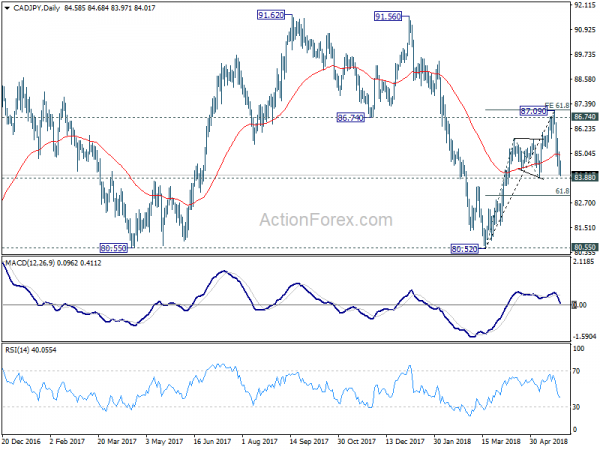
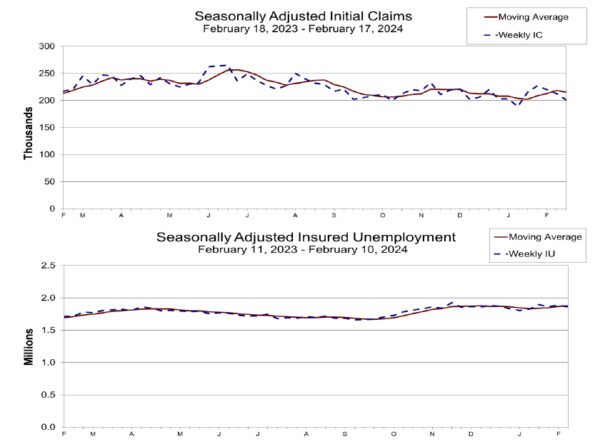
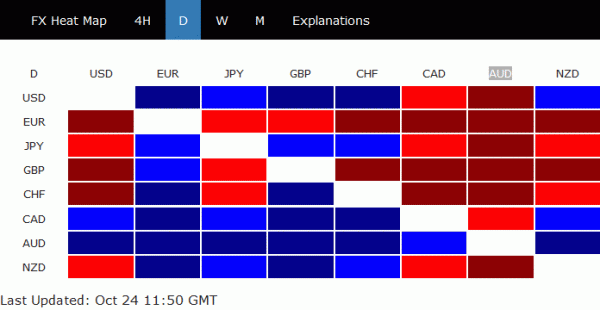
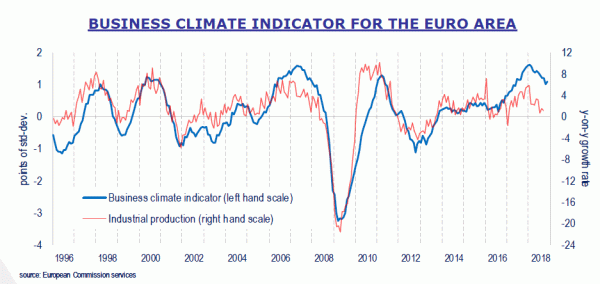
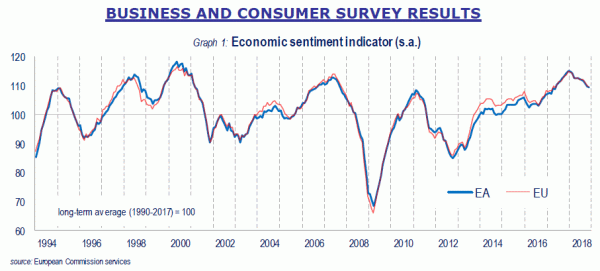
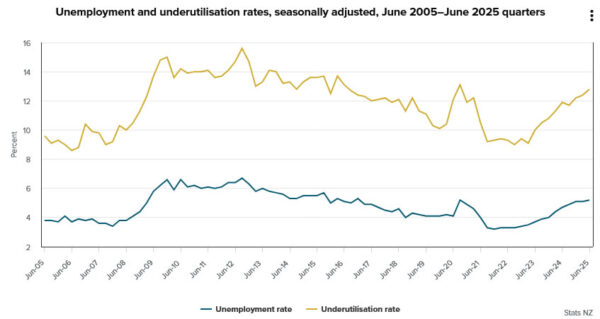
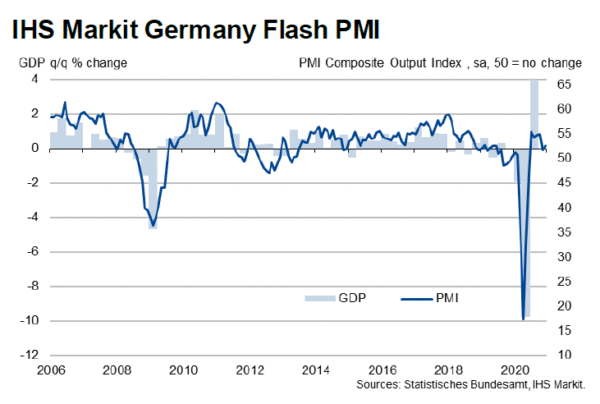
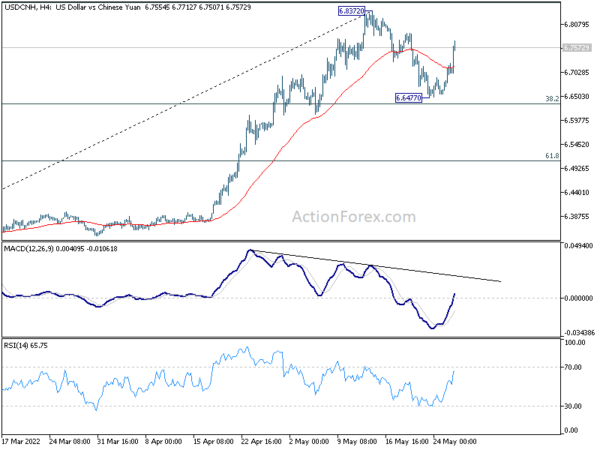
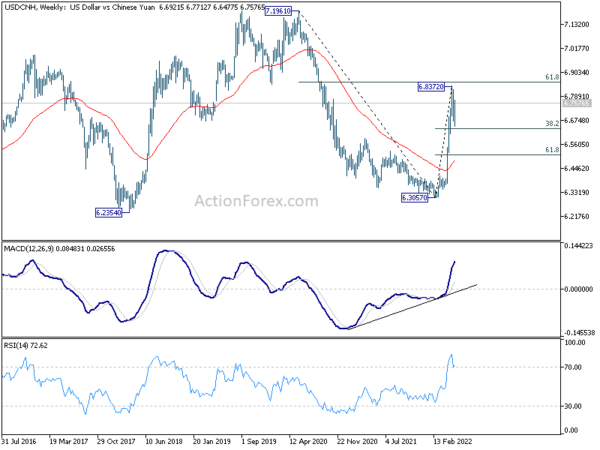
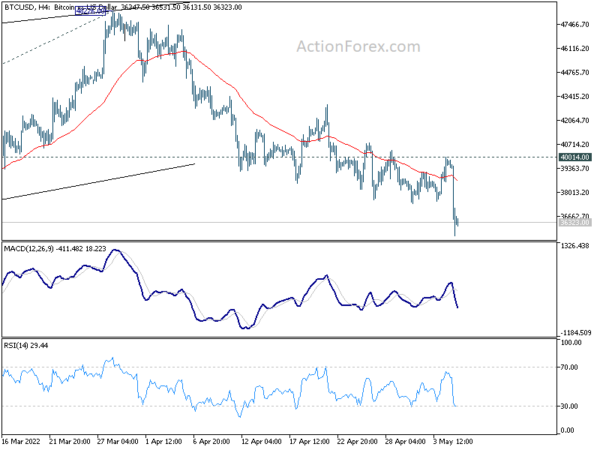
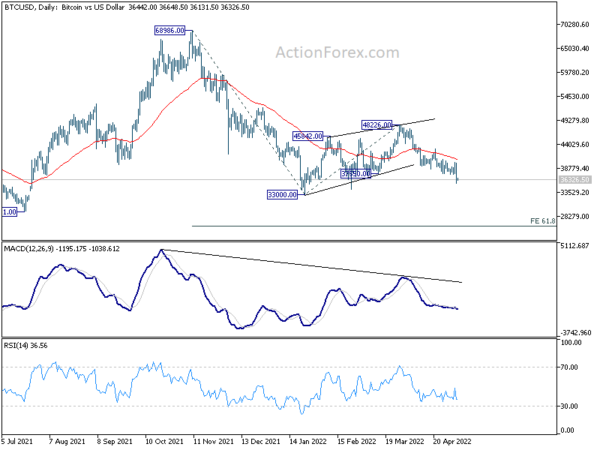

UK PMI composite dropped to 53.2, hit once again by COVID-19
UK PMI Manufacturing dropped from 58.1 to 57.6 in December, matched expectations. PMI Services dropped sharply from 58.5 to 53.2, well below expectation of 57.5, a 10-month low. PMI Composite dropped from 57.6 to 53.2, also a 10-month low.
Chris Williamson, Chief Business Economist at IHS Markit, said: “The flash PMI data show the UK economy being hit once again by COVID-19, with growth slowing sharply at the end of the year led by a steep drop in spending on services by households. Some brighter news came through from manufacturing, where an easing of supply chain delays helped lift production growth, but more importantly also helped take some upward pressure off prices to hint at a peaking of inflation.”
Full release here.